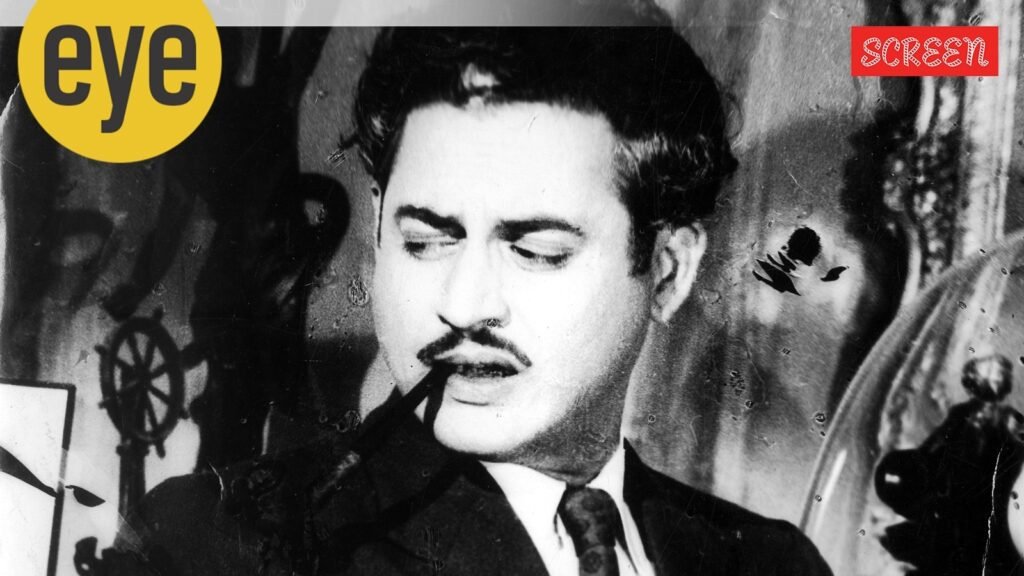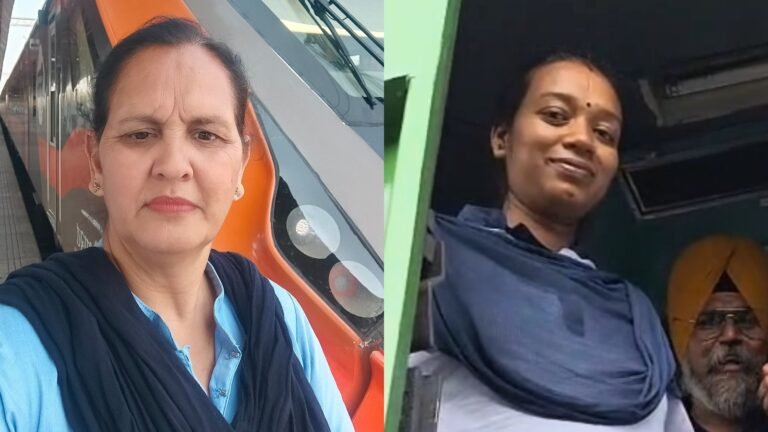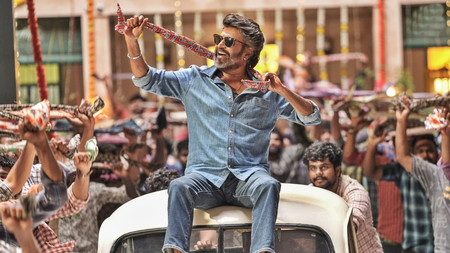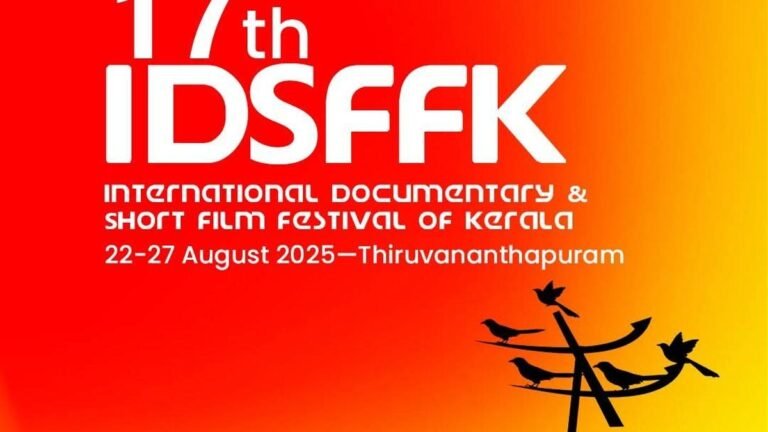
There are unmistakable shades of Guru Dutt in Vijay and Suresh Sinha, the protagonists of Pyaasa (1957) and Kaagaz Ke Phool (1959), lending the characters an authenticity, pathos and timeless aura. Vijay, an idealistic and impoverished Urdu poet, gains recognition only after he is presumed to be dead. Disillusioned by the materialistic world, he ultimately chooses to walk away from it. Suresh, once a celebrated filmmaker, goes through upheavals in his personal and professional life, struggles with fleeting success, fading glory and loneliness.
It has been over six decades since Dutt passed away on October 10, 1964, but cinephiles still search for traces of the master filmmaker in these unforgettable characters. Even though he officially directed only eight films, the haunting pathos of Pyaasa and Kaagaz Ke Phool came to define his signature filmmaking style and cinematic vision.
His son, the late Arun Dutt, in an old interview, archived by Wild Films India, refuted the suggestion that the conflicts portrayed in these films mirrored his father’s real-life experiences. However, Arun did acknowledge that if some personality traits of Vijay and Suresh were to be combined, it would come close to understanding how Dutt was in real life. The theory that these roles reflected the filmmaker’s inner turmoil gained traction following his untimely death at the age of 39.
While many assume his death to be a case of suicide, since he had attempted it a couple of times earlier, family and those close to him believe it was an accident, caused by overconsumption of alcohol and sleeping pills. On October 9, 1964, Dutt had discussions with screenwriter Abrar Alvi, from evening till after midnight, regarding the climax of Baharen Phir Bhi Aayengi (1966), the last film Dutt acted in. The next morning he was found dead. These portions were reshot later as Dharmendra stepped in to complete it.
 In a still from Pyaasa
In a still from Pyaasa
Born on July 9, 1925, in Bangalore, Dutt was the eldest of five children born to Vasanti and Shivkumar Padukone, a Burma Shell employee. The family moved to Kolkata when he was five years old. After finishing his schooling there, Dutt joined Uday Shankar’s academy in Almora to be trained in dance. This paved his way to join the film industry in 1944 as an assistant choreographer at Pune’s Prabhat Studios where he met Dev Anand, then a newcomer. When he formed his production company Navketan, he roped in Dutt to direct Baazi (1951), honouring a friendly pact they had made earlier. The duo worked on two more successful films — Jaal (1952) and CID (1956). Dutt, who played the role of a protagonist for the first time in Baaz (1953) eventually went on to play the lead character also in Aar Paar (1954) and Mr & Mrs 55 (1955) — both were box-office successes.
Those who have closely examined the works of Dutt believe that working on these movies were his way of exploring the cinematic medium. “Through his early movies, he was exploring how to build a character and how to take a shot. Then, he made Pyaasa, which hd an enduring impact on Indian cinema. His character of Vijay, a poet, reminds me of Ghalib’s couplets: Dil hi to hai na sang o khisht dard se bhar na aaye kyun (It’s just a heart, no stony shard; why shouldn’t it fill with pain),” filmmaker Sudhir Mishra tells The Indian Express and adds that sensitive poets and filmmakers connect with the lament of the world. “That kind of talent is a curse since they feel what others don’t,” he adds.
Filmmaker and archivist Shivendra Singh Dungarpur believes that Dutt’s journey as an auteur was primarily to make Pyaasa. “This movie is so personal and reflective. He tries to express so many things. He also lets the audience think, as a true artist should,” he says. Dungarpur, who wanted to direct the now shelved biopic of the legendary director-actor, believes that Dutt was fascinated with Post-Impressionist artist Vincent van Gogh. “Pyaasa is about a poet, whose story is parallel to that of the Dutch painter in many ways. Guru Dutt imagined that, like van Gogh, what if he became famous after his death,” says Dungarpur. Incidentally, Dutt stepped in as Pyaasa’s Vijay after Dilip Kumar declined the offer.
Story continues below this ad
Though Pyaasa was critically acclaimed and brought him significant recognition, Dutt, during that period never quite achieved mainstream commercial success enjoyed by his contemporaries such as Raj Kapoor, Mehboob Khan, V Shantaram and BR Chopra. Actor Waheeda Rehman, one of his close collaborators, in an old interview (available on Wild Films India) spoke about his growing disillusionment with fame and how he was deeply affected by the commercial failure of Kaagaz Ke Phool. “I was supposed to do a film, titled Raaz, with him. I was cast in a double role. But his heart was not in it. He was restless,” she recalls.
 In a still from Kaagaz Ke Phool
In a still from Kaagaz Ke Phool
After that, Dutt did not direct a movie again, at least not officially. He, however, used to be deeply involved in his home productions made under the Guru Dutt Films banner such as Chaudhvin Ka Chand (1960) and Sahib Bibi Aur Ghulam (1962). However, as the years went by, Kaagaz Ke Phool was praised for its cinematic excellence and hailed as a film ahead of its time.
When one goes through the essay ‘Classics and Cash’, written by Dutt (published in Nasreen Munni Kabir’s Guru Dutt: A Life in Cinema), some of the questions regarding his artistic concerns and approach towards art are answered. “In the formula-ridden film world of ours, one who ventures to go out of the beaten track is condemned to the definition which Mathew Arnold used for Shelly: ‘An angel beating wings in a void’. I believe that one who goes out against the winds has to be prepared for bouquets as well as brickbats, for triumphs as well as heartbreaks, whether or not one only makes a classic or collects the cash. It is this baffling unpredictability that gives edge to the thrill of movie-making,” writes the director-actor, whose work was underappreciated during his life, possibly leading to a sense of alienation and despair.
It was not till the ’80s that Dutt came to enjoy the status of a master filmmaker and a wider recognition. A revival of interest in his cinema began with French critic Henri Micciollo’s writings on his films. The Channel 4 documentary In Search of Guru Dutt (1989), which traced his life and artistic journey through interviews with family members and colleagues, further sparked interest in the West.
Story continues below this ad
In recent years, several contemporary filmmakers, including Anurag Kashyap and Karan Johar, have openly admired his cinema, often remarking that Pyaasa and Kaagaz Ke Phool resonate with audiences even today. In the end, Guru Dutt may not have been entirely wrong in his belief that true fame and appreciation would come to him posthumously.





